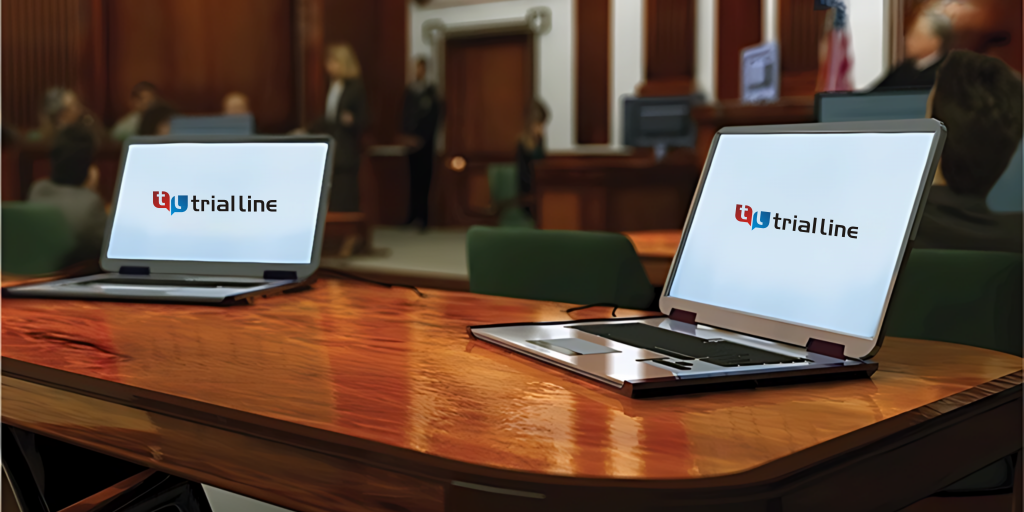Transform case evidence into impactful trial presentations to strengthen arguments.
Transform case evidence into impactful trial presentations to strengthen arguments.
Blog Article
Just How Test Presentations Enhance Your Disagreement and Convince Jurors
Test presentations function as a pivotal mechanism for boosting lawful disagreements and convincing jurors. By integrating aesthetic help, narrative frameworks, and psychological interaction, attorneys can create an engaging situation that resonates on multiple degrees. The calculated use visuals not only makes clear intricate details however likewise captures jurors' focus better than words alone. The art of narration plays a similarly crucial duty in changing factual proof into an engaging narrative, forming jurors' understandings. Understanding these aspects can considerably influence trial end results, increasing the inquiry of exactly how each component adds to this complex dynamic.

Importance of Visual Aids
Visual aids play a critical role in improving the effectiveness of test presentations, as they can significantly boost audience involvement and retention of information. In the context of a test, where jurors are tasked with handling complicated details, visual help serve to streamline and clear up vital points. Graphes, charts, and images can share data and ideas that might otherwise bewilder or confuse jurors, enabling a more simple understanding of the proof provided.
In addition, aesthetic aids help in preserving juror focus throughout the proceedings. By damaging the uniformity of verbal statement, these devices can punctuate important arguments, making them a lot more remarkable. Effective aesthetic aids can likewise stimulate psychological reactions, which can be essential in encouraging jurors to align with the presenter's story.

Crafting Compelling Stories
A compelling narrative is necessary in trial presentations, as it acts as the foundation of effective persuasion. It allows attorneys to weave with each other realities, evidence, and emotional components into a coherent story that reverberates with jurors. This narrative framework makes it possible for jurors to understand the complexities of the situation while assisting them via the attorney's argument.
To craft an engaging story, lawyers must focus on clearness and coherence. Additionally, the use of dazzling summaries can develop psychological pictures that help jurors visualize the events, making the story a lot more unforgettable.
Additionally, integrating key themes throughout the discussion strengthens the core message and aids in retention - trial presentations. The narrative needs to not just communicate information yet additionally evoke a sense of justice, highlighting the risks involved. Ultimately, a sound narrative promotes a link in between the jurors and the case, positioning the lawyer's disagreement as both trustworthy and compelling, therefore boosting the possibility of a favorable judgment

Engaging the Jury Psychologically
Efficient court interaction pivots on the attorney's capacity to link with read what he said jurors on a psychological level. This link can significantly influence jurors' perceptions and their utmost decision-making. Utilizing sob stories enables lawyers to humanize the case, changing abstract lawful concepts right into relatable experiences. By presenting real-life stories or endorsements, attorneys can evoke compassion and compassion, fostering a much deeper understanding of the concerns at stake.
Visual aids, such as photos or video clips, can further improve emotional involvement, giving jurors with vivid representations of the situation's human components. Crafting a story that highlights the battles and triumphs of the individuals included makes sure that jurors see past the lawful debates and recognize the human consequences of their decisions.
Furthermore, tone and body movement play a critical duty in conveying emotion. An attorney's passionate delivery can resonate with jurors, strengthening their emotional investment in case. It's important to stabilize psychological charms with accurate proof, making sure that jurors feel official source obliged to act while staying grounded in the truth. Ultimately, an emotionally engaged court is extra hop over to here most likely to be encouraged, making psychological connection an important component of effective test discussions.
Structuring Your Discussion

The body of the discussion must be realistically fractional right into bottom lines, each supported by engaging evidence. It is valuable to utilize storytelling methods to weave facts right into a narrative that jurors can quickly follow. Visual help, such as charts and video clips, can enhance understanding and engagement, assisting to highlight crucial items of evidence.
Real-World Situation Studies
Checking out real-world case research studies provides vital insights into the art of test discussions and persuasion. As an example, the spots instance of "O.J. Simpson v. The Individuals of California" illustrates exactly how aesthetic aids and compelling stories can guide jury perceptions. The defense group properly employed a strategy that combined top-level expert testimonies with multimedia presentations, which astounded jurors and ultimately affected their choice.
One more significant instance is the "McDonald's Coffee Situation," where the complainant's lawyers used graphic pictures of the injuries endured by Stella Liebeck. trial presentations. This plain aesthetic evidence played a vital function in communicating the intensity of her burns, causing a considerable jury award. Such cases demonstrate that impactful test discussions commonly rest on the efficient combination of visuals and storytelling to stimulate psychological actions from jurors
Moreover, the "Casey Anthony Trial" highlighted the importance of narrative coherence and credibility. The prosecution's failing to develop a compelling timeline diminished their influential power, highlighting the requirement of a well-structured presentation. Assessing these situations exposes that effective test presentations call for calculated planning, psychological interaction, and the ability to reverberate with jurors' worths and beliefs.
Verdict
Trial presentations dramatically enhance debates and persuade jurors with the critical use of aesthetic help, compelling narratives, and psychological engagement. A well-structured presentation equilibriums psychological appeals with accurate proof, inevitably resonating with jurors' values.
Report this page